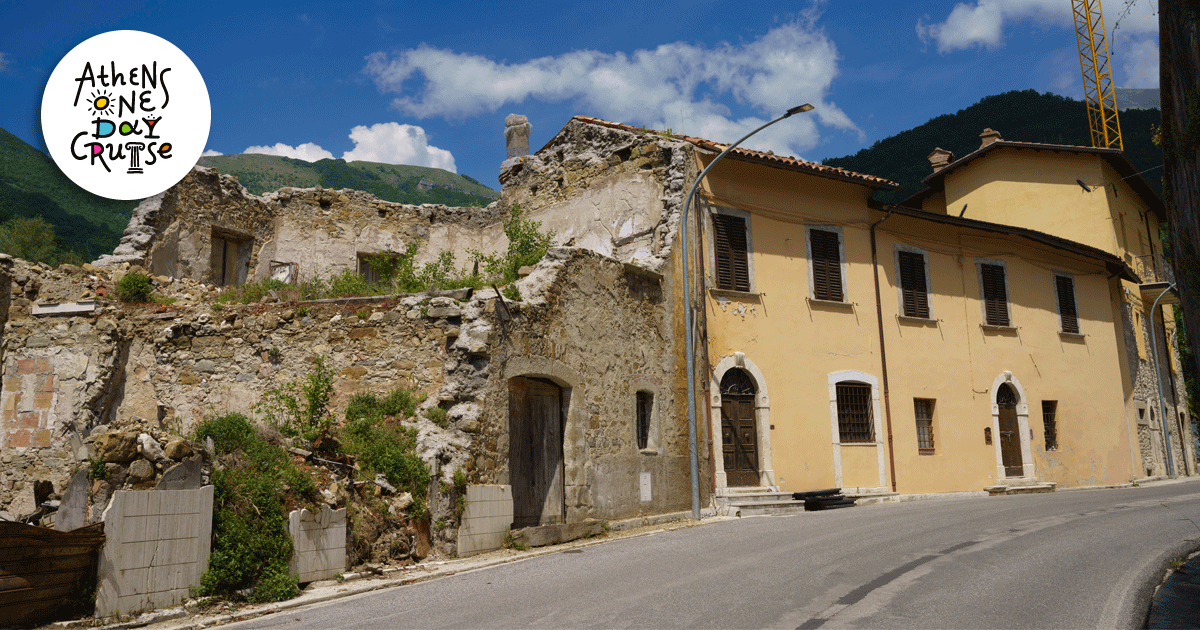
Seismic Activity in Greece: A Closer Look at the Argosaronic Islands
Seismic activity in Greece is quite large and the areas it includes do not leave out the Argosaronic islands. In some cases the earthquakes were so frequent that they had caused great concern to experts.
Greece experiences significant seismic activity, and this phenomenon extends to include the Argosaronic islands. In some instances, the frequency of earthquakes has raised substantial concerns among experts.
According to the Geodynamic Institute of Athens, July 2016 witnessed a notable period during which more than 20 earthquakes occurred within just three days. Although these quakes were not particularly large, measuring between 3.1 and 3.6 on the Richter scale, they caused apprehension due to their shallow focal depth of only 5 kilometers. One of these earthquakes, with its epicenter 20 kilometers southeast of Aegina, was felt not only in Poros but also in Athens. The recent seismic events in the Argosaronic region have generally been of low intensity and primarily occur in the sea area between Aegina and Poros or east of Poros, specifically along the active fault line in the northeast of the island (Poros-Methana-Aegina). Experts note that this entire volcanic area relies on the specific faults within its vicinity. In fact, monitoring equipment has recorded as many as 800 vibrations in the designated sea area over the course of a year. As these faults don't seem to relax, despite a tendency to do so, there remains a potential risk of a more significant earthquake.
However, the 5.6 Richter earthquake off the coast of Hydra in April 2014, with its epicenter 29 kilometers southeast of the island and 89 kilometers south of Athens, with a focal depth of 111 kilometers, raised even greater concerns. While no significant damage was reported, the earthquake was strongly felt in the Peloponnese and Attica regions, and its effects even reached as far as Crete.
Taking a historical perspective, we journey back to March 20, 1837, when a very powerful earthquake struck the Saronic Gulf near Hydra and Poros. This earthquake had a magnitude of approximately 6 on the Richter scale and had a profound impact, causing significant disruption in Athens. In fact, it was responsible for the collapse of substantial marble sections in the western part of the Tetrakion at the Ancient Agora of Athens.
Tags: argoronic, earthquake

